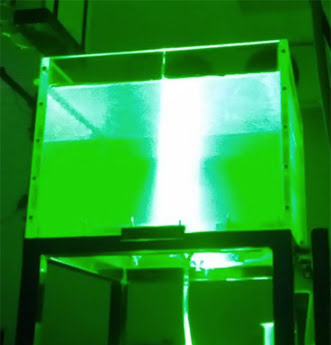PART 1
NEW TECHNOLOGY TO STUDY VOLCANOES
As those of you who visit my youtube channel know, I have been posting many videos showing an odd brightness at night, in which the night looks like mid afternoon. There is a green glow over the area at times, and a column of a bluish color ,which "sparkles" can be seen every night.I have been looking for an explanation for this, and thanks to one of my viewers, we may be about to find out! There is a new technology for studying the inner working of volcano. Below is an article published may2015 by Photonics.com, describing using lasers, night vision, and fluorescent light!
Here is a link to my youtube channel if you would like to view the videos which show the bright nights and other things mentioned.
https://www.youtube.com/channel/UCmLjMEO_GZM3AXZ379RTyIQ
Here is the article
Lasers Probe Causes of Volcanic Eruptions
Photonics.comMay 2015
A team from the University of Liverpool in the UK, Monash University in Melbourne, Australia, and the University of Newcastle in Callaghan, Australia, has developed a technique that could enable faster and more accurate detection of volcanic unrest.
"Understanding the triggers for volcanic eruptions is vital for forecasting efforts, hazard assessment and risk mitigation," said Janine Kavanagh, a lecturer at the University of Liverpool's School of Environmental Sciences. "With more than 600 million people worldwide living near a volcano at risk of eruptive activity, it is more important than ever that our understanding of these complex systems and their triggering mechanisms is improved."

A frequency-doubled Nd:YAG laser sheet illuminates fluorescent particles in gelatine, allowing researchers to simulate magma movement within a volcano. Courtesy of Janine Kavanagh/University of Liverpool.
The researchers created scale models in the lab at Monash University, allowing them to study volcano plumbing systems by demonstrating how magma ascends from great depths up to the surface through a series of connected fractures (dykes and sills). Colored water was injected into a tank filled with gelatine (jelly) to mimic rising magma.



No comments:
Post a Comment